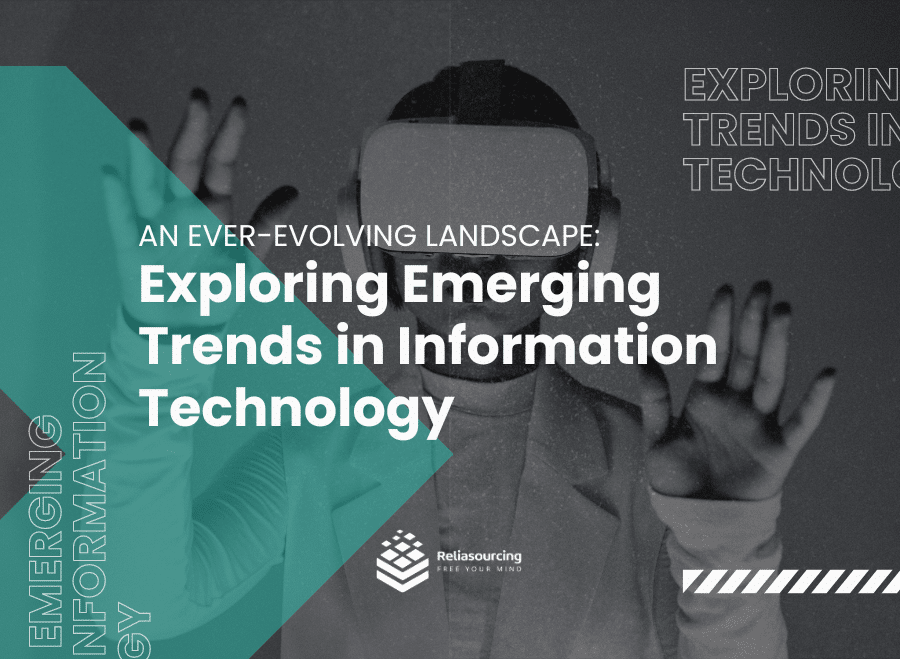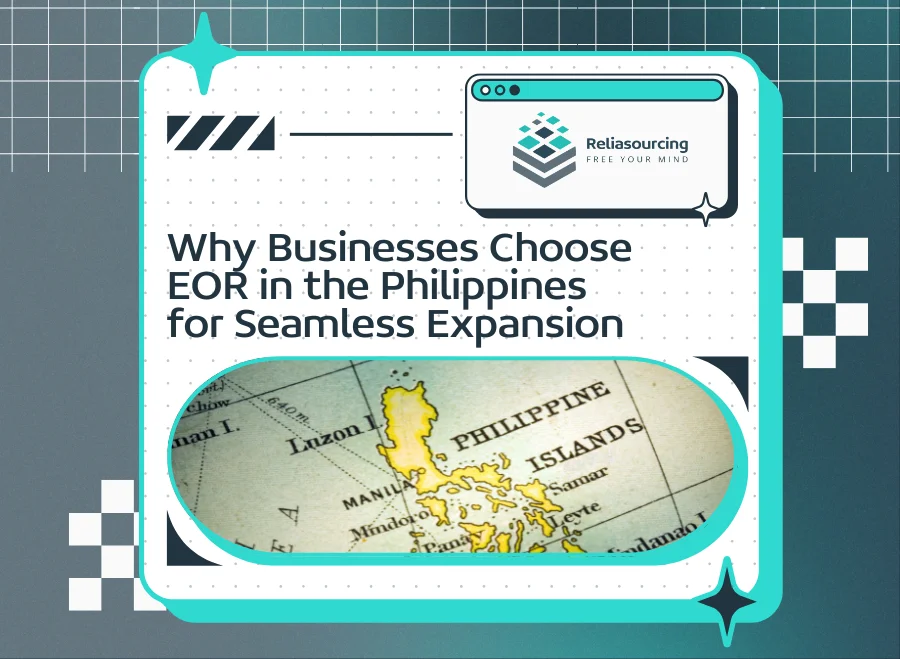An Ever-Evolving Landscape: Exploring Emerging Trends in Information Technology
In a world where technology is the driving force behind progress, the IT industry continues to surge forward, adopting and shaping new trends that shape the boundaries of innovation. From Artificial Intelligence (AI) to Robotics and Automation, the landscape of IT is a vibrant field of development poised to advance various sectors. Let’s delve into the emerging trends in information technology.
Artificial Intelligence (AI) and Machine Learning (ML)
AI and ML have emerged as the foundation of technological evolution, revolutionizing the way machines learn, adapt, and make decisions. Likewise, the convergence of AI and ML has opened up new possibilities by equipping systems to analyze massive data, uncover detailed patterns, and provide valuable insights that then drive intelligent decision-making across various industries, including healthcare, finance, and more.
This powerful combination of AI and ML has paved the way for substantial development and transformative innovations that continue to shape our world. With their immense potential, AI and ML are poised to reshape industries, enhance efficiency, and unlock unprecedented opportunities for growth and progress.
Internet of Things (IoT)
The Internet of Things (IoT) ecosystem is experiencing rapid expansion as it connects various devices, facilitating smooth communication between them. This revolutionary information technology trend finds applications in diverse sectors, ranging from smart homes to industrial settings.
By revolutionizing efficiency, enhancing data collection, and enabling remote control and monitoring, IoT is creating a more connected and efficient world. With its potential to improve productivity, optimize resource utilization, and drive innovation, the IoT is poised to shape the future. As the number of connected devices grows exponentially, the possibilities for innovation and automation are virtually limitless.
Edge Computing
The growth of edge computing marks a paradigm shift from centralized cloud systems to decentralized infrastructure. By processing data closer to its source, edge computing reduces latency, enhances real-time decision-making, and ensures efficient use of network resources, critical in applications like autonomous vehicles and smart cities.
Spatial Computing
Spatial computing blurs the lines between the physical and digital worlds, integrating augmented reality (AR) and virtual reality (VR). This trend redefines user experiences, enabling immersive interactions and unlocking new possibilities in gaming, education, training, and remote collaboration.
Blockchain
Blockchain technology, known for its decentralized and secure nature, is disrupting industries through its transparent and immutable ledger system. Beyond cryptocurrencies, its applications span supply chain management, voting systems, and ensuring data integrity across various sectors.
To put it simply, it helps businesses track shipments in real-time and streamline banking processes, besides enabling secure peer-to-peer transactions. With its potential to enhance security and transparency, blockchain is likely to foster a more efficient and trustworthy digital world.
Homomorphic Encryption
The rising concern for data privacy has spurred the development of homomorphic encryption. Additionally, this cutting-edge technology allows computations on encrypted data without decryption, ensuring confidentiality while enabling secure data analysis and processing.
Metaverse
The concept of the metaverse has gained significant attention in recent times. It envisions a shared virtual space that merges physical and digital realities, creating an immersive and connected digital universe.
Within this metaverse, new possibilities emerge for social interaction, entertainment, commerce, and workspaces. People can explore, connect, and engage in a variety of activities, erasing the boundaries between the physical and digital realms. As technology continues to advance, the metaverse holds the potential to change how we experience and interact with the world around us, opening up endless opportunities for innovation and creativity.
Smart Spaces
The evolution of smart spaces covers intelligent environments embedded with sensors, AI, and automation. These spaces adapt to human behavior, optimizing energy consumption, improving productivity, and enhancing overall user experiences in smart homes, offices, and cities.
Robotics and Automation
Advancements in robotics and automation continue to revolutionize industries, augmenting human capabilities, and streamlining operations. From autonomous vehicles to robotic process automation (RPA) in manufacturing, these technologies redefine efficiency and accuracy.
Outsourcing
Outsourcing IT services is another emerging trend in the IT landscape. Companies are increasingly opting to outsource their IT functions, freeing them to focus on their core business.
It is more than just a cost-saving measure—it allows businesses to tap into a global talent pool, driving innovation, ensuring round-the-clock IT support, and facilitating access to the latest technology. By outsourcing, companies can also scale their IT operations with ease, displaying the immense potential of this trend in shaping the future of IT.
Stay Updated With Information Technology Trends
The IT industry’s landscape is a canvas of innovation, continually shaping the future. AI, IoT, blockchain, and other emerging trends hold immense potential to change how we live, work, and interact with technology.
Embracing these trends presents unprecedented opportunities for growth, efficiency, and development. As we explore this changing landscape, staying abreast of these trends will be pivotal in taking the full potential of technology and driving progress into the future. The IT industry stands at the threshold of an era where technological innovations will continue to shape the possibilities of what can be achieved.









